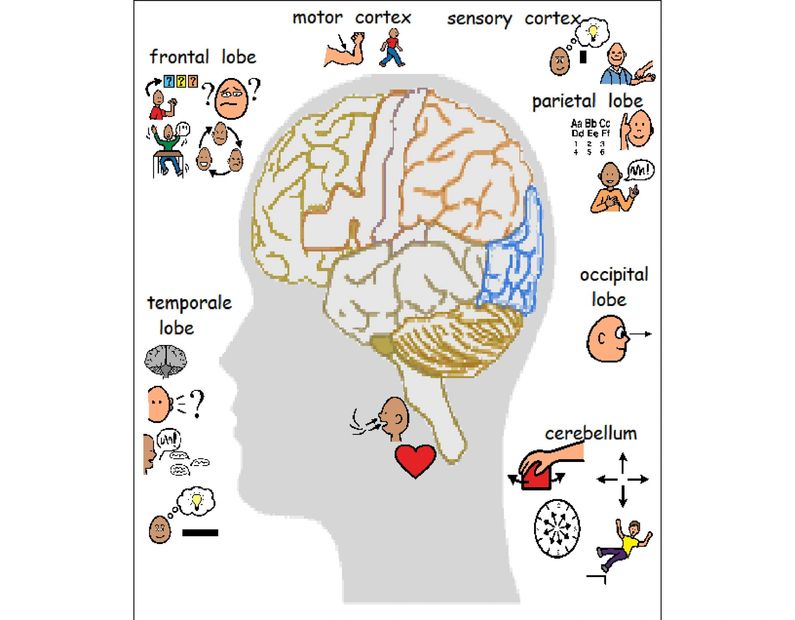Do you want to see my Brain?
"Do you want to see my brain" is a learning package designed to teach children
and teens about their brain. Learning about the brain empowers people to
know themselves better. Participants learn to be proud of their brain and
then how to advocate with others for what works for their learning.
Each participant works through the learning package at their own rate. The
learning is beneficial for kids struggling with self control, behaviour, thinking,
school work, learning and self regulation.
Each brain has a different pattern of thinking and the numbers are used to make it easy for everyone to identify.
Once a brain number has been identified new patterns of thinking are worked on and plans are made to avoid the old patterns.
Learning what their brain is doing (thinking, stuck, lost) helps in understanding what the new steps are.
Learning about and using Brains 1-2-3 is an integral part of individual and small group programs.
When we talk about the way their brain works we talk about how it functions and what we can do to help it.
This makes things less about blame and shame and allows learning to happen in a supportive, guilt free way. Brain talk makes sense for everyone.
What part of your brain are you using?

Participants learn the names of each part of the brain, what it does and how that part works for them. They learn to be confident in labeling the parts that work easily and the parts that might present a challenge for them.
This common language of the brain function helps everyone to learn how they can work on the parts they are interested in.
Talking about challenges from the perspective of what is going on in the brain takes the pressure away from people thinking there is something "wrong" with them.
When participants are advocating for what they need to support learning, using brain words helps everyone understand.
Putting in good sensory, learning to calm emotions

Participants learn the importance of putting good sensory input into their day. When their red emotion button is pushed they are in a state of not being regulated and thinking is compromised.
The sensory playroom and equipment is used to explore what kind of sensory input helps to calm the emotions so that clarity in thinking returns. The benefits to a calm emotion button is reducing frustration with homework, siblings, routines, change..........
Kids explore the equipment and help to document how different things help or hinder their thinking.
They learn when their body and brain need input and when they are ready to learn. Self learning is a powerful tool.
